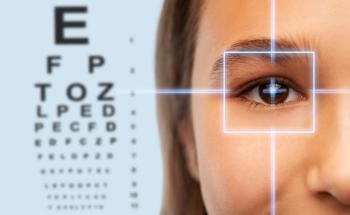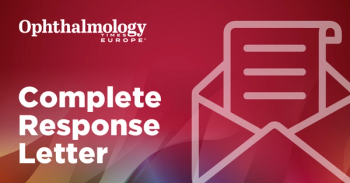
Keraring implantation effective against keratoconus
In a recent study it has been reported that an intrastromal corneal ring segment implantation is a safe and effective treatment for keratoconus.
In a recent study it has been reported that an intrastromal corneal ring segment implantation is a safe and effective treatment for keratoconus. The study has been published in Cornea.
Led by Dr Anl Kubaloglu, Dr Lütfi Kırdar Kartal Training and Research Hospital, 2nd Eye Clinic, Istanbul, Turkey, the researchers evaluated the safety and efficacy of the Keraring (Mediphacos) implant using both mechanical and femtosecond-assisted tunnel creation to treat patients suffering from keratoconus.
The study comprised 96 eyes from 75 patients, all of whom had contact lens intolerance and clear corneas. A femtosecond laser was used to create corneal tunnels in 26 of the eyes (femtosecond group) and in the remaining 70 eyes it was created mechanically (mechanical group). The Keraring was implanted into each eye and once completed a full ophthalmic examination was performed.
It was demonstrated that the mean best spectacle corrected visual acuity improved during the follow up period and it was also noted that there was a significant decrease in the spherical equivalent refractive error. Additionally, the mean maximum keratometry (Kmax) decreased during the 18 month follow up period. The researchers found that there was no statistically significant difference between the femtosecond and mechanical groups for any parameter.
Based on the results it was concluded that the Keraring implantation is effective for the treatment of keratoconus, providing safety and good visual outcomes after both mechanical and femtosecond assisted tunnel creation.
Newsletter
Get the essential updates shaping the future of pharma manufacturing and compliance—subscribe today to Pharmaceutical Technology and never miss a breakthrough.












































